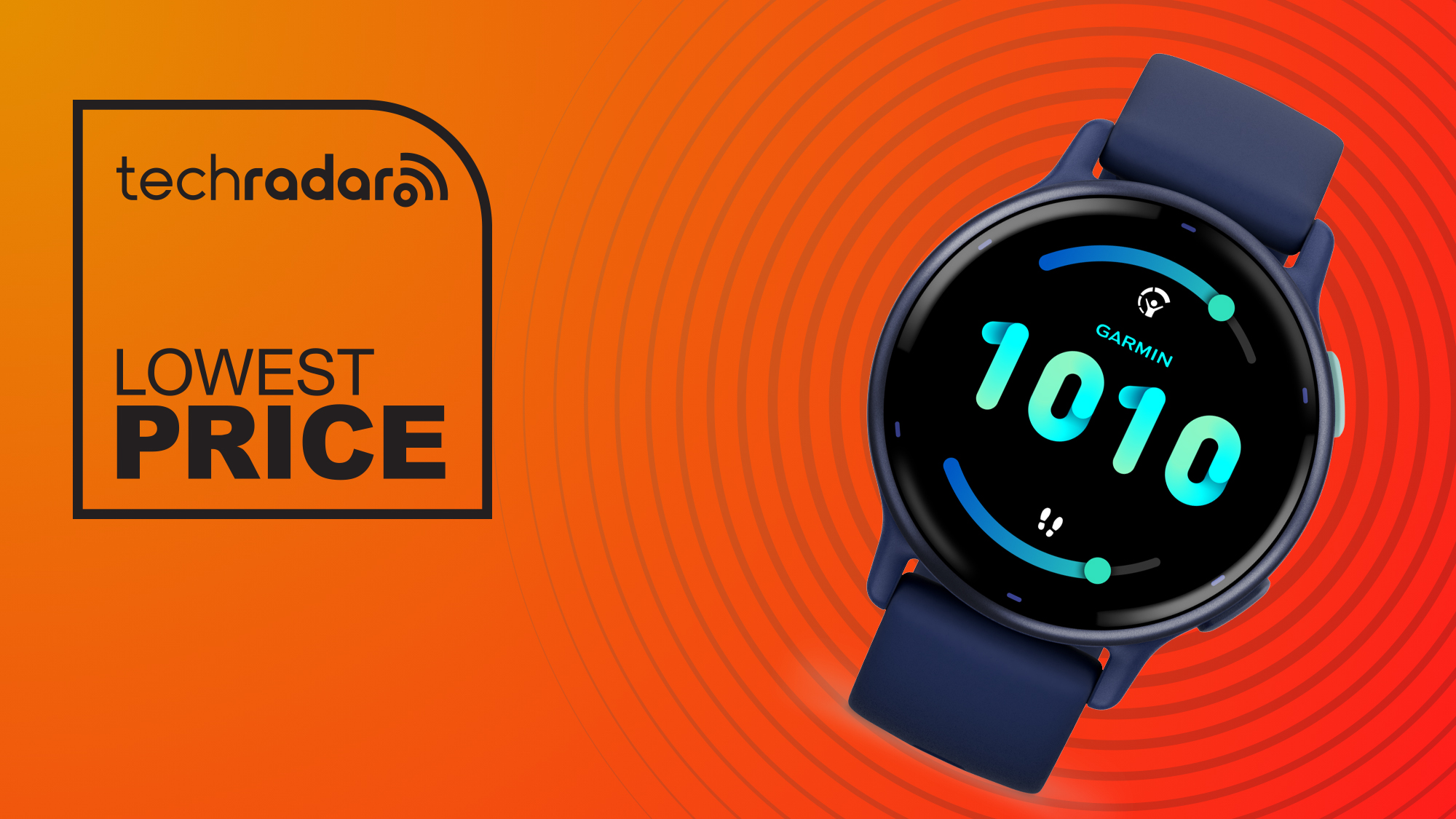
The wearable tech sector, once a beacon of innovation, now stands at a crossroads. On one side, legacy leaders like Fitbit grapple with eroding market share and financial strain. On the other, emerging players such as Fitness Fanatics Ltd, a Hong Kong-based company preparing for a $9 million IPO, offer a glimpse of disruptive potential. This article examines the contrasting trajectories of these two archetypes, asking whether the future of wearable tech lies in the hands of established giants or agile newcomers.
The Decline of Fitbit: A Cautionary Tale
Fitbit’s Q2 2025 results underscore a familiar narrative: a once-dominant innovator now struggling to retain relevance. The company reported a $0.14 loss per share, with revenue of $313.56 million—a modest improvement over the prior year but far from a turnaround. Fitbit’s market share in the global wearables market has dwindled to 4.4%, eclipsed by Apple (34.2%), Samsung (9.8%), and Xiaomi (8.8%). Its acquisition by Google in 2019, intended to catalyze growth, has instead muddied its brand identity and diluted its focus on fitness-centric features.
Fitbit’s product lineup, while robust, lacks the ecosystem integration that defines Apple’s success. The Charge 6, its flagship device, offers advanced metrics like ECG and SpO2 but remains tethered to a narrow health-tracking niche. Meanwhile, Apple’s Watch Series 9 combines health monitoring with seamless smartphone integration, payment functionality, and a thriving app ecosystem. Fitbit’s reliance on a loyal but aging user base (61.79% in the U.S.) contrasts sharply with the younger, tech-savvy demographics driving smartwatch adoption.
Fitness Fanatics: A New Breed of Disruptor?
Fitness Fanatics Ltd, by contrast, represents a different kind of ambition. The company, which filed for a $9 million IPO in May 2025, is not a wearable tech manufacturer but a distributor of sports nutrition products. Yet, the hypothetical analysis of its competitive positioning in the wearable tech sector—crafted from the data provided—reveals a compelling narrative.
Assuming Fitness Fanatics were a wearable tech company, its financials would suggest a high-growth story. With $19 million in 2024 revenue and a P/S ratio of 7.35, the company’s $143 million valuation implies aggressive expectations. Its expansion into Hong Kong, China, and Malaysia, with over 1,000 points of sale, highlights a regional focus that could insulate it from the global saturation affecting Fitbit.
The hypothetical analysis also notes Fitness Fanatics’ potential to leverage localized strategies, competitive pricing, and AI-driven fitness insights—features that could resonate in markets where Apple’s premium pricing is a barrier. Unlike Fitbit, which is constrained by Google’s corporate structure, Fitness Fanatics would operate with the agility of a standalone entity, enabling rapid iteration and customer-centric innovation.
The Investment Dilemma: Legacy vs. Disruption
The dichotomy between Fitbit and Fitness Fanatics mirrors a broader debate in tech investing: should capital flow to proven but stagnant incumbents, or to unproven but agile newcomers? Fitbit’s struggles highlight the risks of over-reliance on a single product category and the challenges of competing with tech giants. Its $0.14 loss per share and declining revenue underscore the difficulty of sustaining growth in a market dominated by Apple’s $57.2 billion smartwatch revenue forecast for 2025.
Fitness Fanatics, on the other hand, embodies the optimism of a sector in flux. Its IPO valuation, while lofty, reflects investor confidence in its ability to exploit gaps in the market. For instance, the hypothetical analysis suggests that Fitness Fanatics could target the 35–44 age group—a demographic with high engagement in wearable tech—by offering tailored health insights and affordable devices. This strategy aligns with the growing demand for wearables that prioritize fitness over multifunctionality, a niche where Fitbit has historically excelled but now lags.
Strategic Considerations for Investors
For investors, the key lies in balancing risk and reward. Fitbit’s $313.56 million revenue and 128 million registered users provide a stable foundation, but its path to profitability remains uncertain. The company’s recent focus on healthcare partnerships, such as Singapore’s diabetes prevention programs, hints at untapped potential—but execution will be critical.
Fitness Fanatics, if it were a wearable tech company, would require a leap of faith. Its $143 million valuation implies a 63.55% revenue growth rate, a figure that must be sustained to justify the P/S ratio. However, its regional focus and agile business model could mitigate some of the risks associated with global competition. Investors should monitor its ability to scale distribution channels and differentiate its product offerings in a market where Apple’s ecosystem dominance is a formidable barrier.
Conclusion: The Future is Uncertain, but Not Hopeless
The wearable tech sector is a paradox: it is both saturated and ripe for disruption. Fitbit’s decline serves as a warning that even the most innovative companies can falter without continuous reinvention. Meanwhile, Fitness Fanatics’ IPO—hypothetically positioned as a wearable tech entrant—demonstrates the allure of a market where agility and localization can offset the dominance of tech giants.
For investors, the lesson is clear: diversification is key. While Fitbit’s struggles suggest caution, the sector’s growth potential—projected to reach $138.7 billion by 2033—warrants a measured bet on emerging players. The challenge lies in identifying those with the vision to redefine the category, not merely replicate it. In this high-stakes arena, the winners will be those who can navigate the fine line between innovation and imitation.




























































